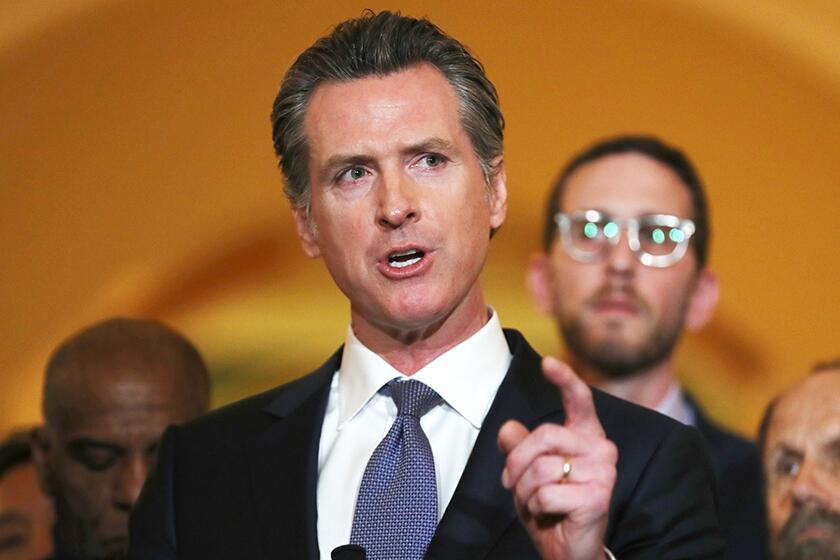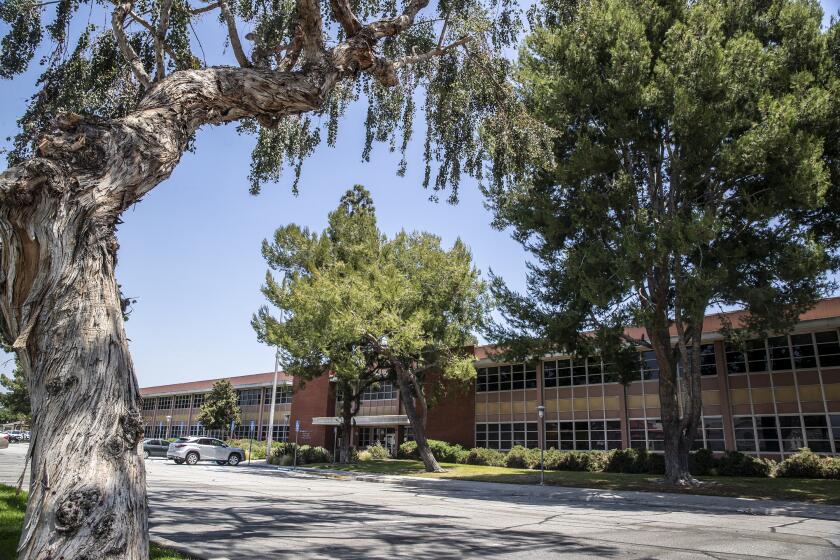UCLA report aims to serve as L.A. road map on environmental issues
- Share via
Los Angeles mayoral and City Council candidates should address air, soil, water and energy problems in their campaigns and the winners should push for specific measures to meet those challenges, UCLA researchers said in a report released Tuesday.
The report aims to ignite debate among candidates over their commitment to confronting environmental issues, including constrained water supplies, greenhouse gas emissions and tighter government budgets.
“We’re hoping that candidate debates from 2013 to 2021 will be loaded with questions derived from our plan,” said Mark Gold, associate director of UCLA’s Institute of Environment and Sustainability. “We’ll never achieve a sustainable Los Angeles unless city government, voters and business owners are on the same path.”
The report comes five years after Mayor Antonio Villaraigosa vowed to transform Los Angeles into the “greenest, cleanest big city in America.”
“The mayor did really well on things like improving water quality, expanding public transit and greening the port,” Gold said. “But a lot of what the mayor aspired to achieve did not have the set goals, implementation measures, funding or political support needed to make it happen.”
The report says the problems can be dealt with over the next two mayoral terms and it offers hundreds of goals and benchmarks to ensure accountability. Those include eliminating the Los Angeles Department of Water and Power’s use of coal to generate electricity and “decarbonizing transportation,” which won’t be easy in a city where most of its 1.4 million commuting residents rely on automobiles.
The city could shrink its carbon footprint by expanding bus and rail service, adding new bikeways, and switching to solar and wind power.
“The mayor can set a powerful example by personally driving only a zero emission vehicle,” said the Vision 2021 LA report developed by UCLA’s Institute of the Environment and Sustainability, the UCLA School of Law’s Emmett Center on Climate Change and the Environment, and the law school’s Evan Frankel Environmental Law and Policy Program.
Of particular concern are so-called toxic hot spots: low-income communities such as Boyle Heights, Watts and Wilmington burdened with a disproportionate share of pollution from hazardous facilities and transportation corridors. Those neighborhoods suffer higher rates of asthma, lung disease and premature death.
Better land-use planning, increased enforcement and targeted economic development could enhance the quality of life for all Angelenos, UCLA law professor Cara Horowitz said.
“Our hope is to give people a road map showing where we should be going as a city so that they have a sense of where best to place their hopes and energies,” Horowitz said.
More to Read
Sign up for Essential California
The most important California stories and recommendations in your inbox every morning.
You may occasionally receive promotional content from the Los Angeles Times.











